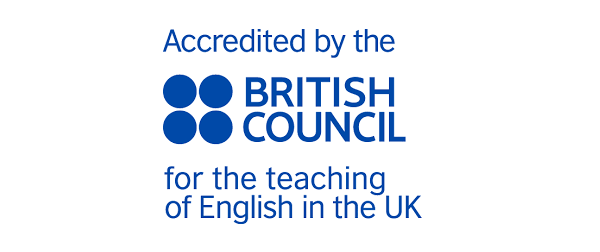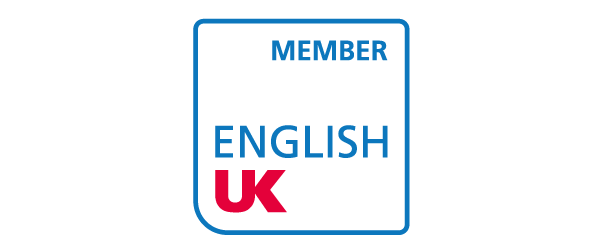|
NILE runs a wide range of professional development courses delivered in various modes. In this series, NILE's Senior Trainers look at some of the key concepts, activities, tips and tools which feature in our NILE courses.
Supporting learners to make effective choices in the classroomWe might agree that getting our learners involved in decision-making in the classroom can be empowering, allowing for enhanced engagement for a variety of reasons. Learners may feel more committed to materials or tasks they have had some choice in deciding upon or designing. The tasks, materials or processes chosen may reflect the learning goals and preferences of the learners more closely. The discussions on any decisions to be made may increase the learners’ understanding of how they learn and how different approaches can support or influence their learning. And finally, being supported to make effective decisions may boost their confidence and self-esteem. But of course, we need to take into consideration at what level these decisions are made. Littlejohn (1996) provides a useful pyramid of possible levels, which he calls the curriculum pyramid. Of course, a teacher will need to decide at which level(s) learners can be involved in decision-making, as well as some key questions which we can ask them for each level. For example, for any task, these questions (based on Littlejohn but some additions) could be:
And of course, there may be more specific questions, such as:
I’m sure you can think of more for this level, and for the other levels in the pyramid. The key point Littlejohn makes is that decisions need to start small, to give learners the confidence that they can make these decisions, and that there needs to be a post-task reflection on how the changes decided upon helped their learning. This stage might also involve the teacher suggesting that the next time they make a choice, it might be a different one, for example they might choose to not prepare for a speaking task, but do it spontaneously – to increase the level of challenge and also reflect a more authentic situation. A final consideration that Littlejohn proposes is that if the learners move to the next level of the pyramid and the teacher finds they are not ready, they can move back to the previous level. So, the teacher being there to support and guide the process at all stages is key. You can find more discussion of issues relating to the coursebook, syllabus and curriculum on our Syllabus Design and Development NILE Online course running in January & September 2025. Reference: Littlejohn, A (1998). Sharing decisions with students: some whys, hows, and how nots, Cambridge English for Schools Level 4 Teachers Book, Cambridge University Press. |




